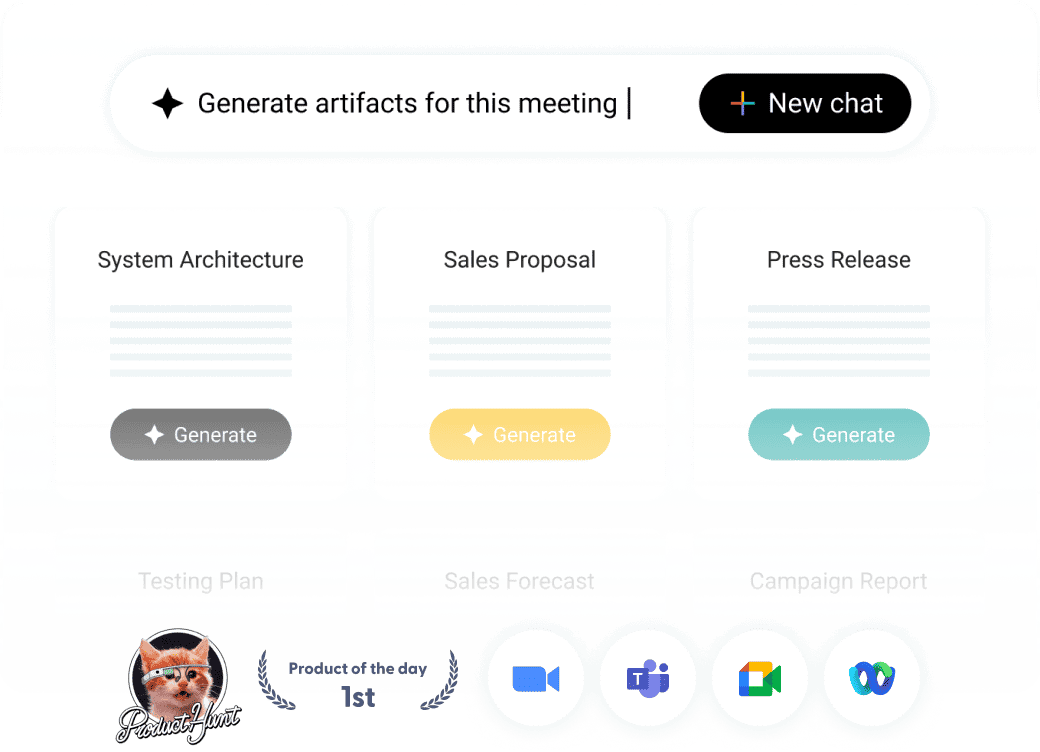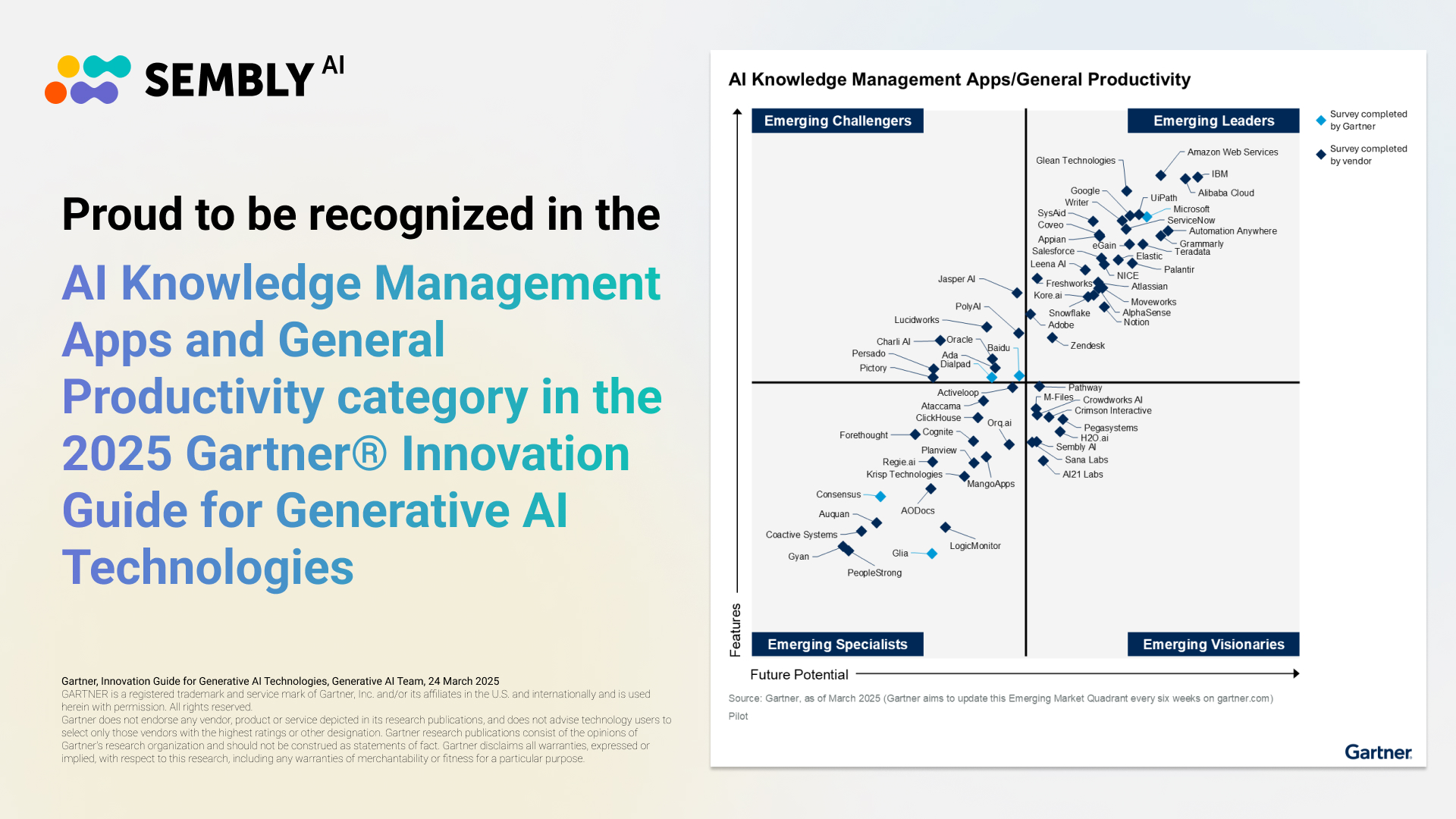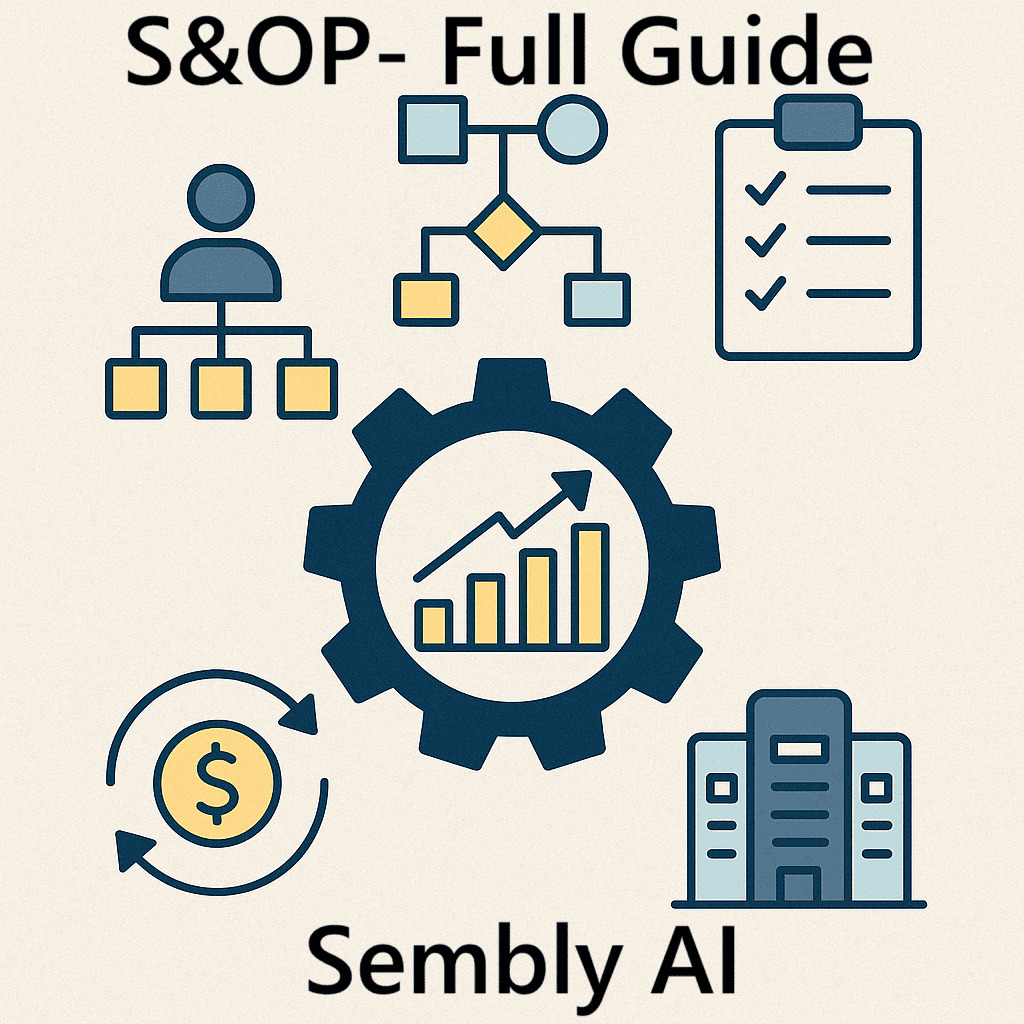Table of Contents
ToggleRecently updated on February 6th, 2025
Whether they are tangible or software products, the journey from ideation to realization takes tremendous effort and time to ensure that the outcome meets expectations and drives results. Product managers are not just supervisors in this sense but a pivotal part of the entire mechanism. Successful product management relies on well-designed life cycles, from generating and pitching ideas to researching the market, designing a product, connecting cross-functional teams, and ensuring everything pans out as planned.
What is a product management lifecycle (PML), and what are its stages? This article provides an overview of how PML can help your long-term business strategy.
Understanding Product Management and Its Importance
Product management is responsible for creating successful and unique products. Whether physical or digital products, the product-to-market journey entails multiple stages, from ideation and launching to maintenance. The product management role is instrumental to any business, as it considers external and internal factors to ensure the result is cost-efficient and successful. To name a few, product management requires the following tasks:
- Researching the market to ensure the product fills the untapped market niche and has potential
- Adding value for clients
- Allocating resources for the most efficient utilization
- Designing prototypes and layering them over real-life scenarios for more accurate results
- Creating and executing advertising and sales plans
- Outlining product strategies for updates and customer support upon launching
Besides setting up a ballpark figure of resources for successful prototyping and market research, a skilled product manager utilizes various teams effectively to prevent resource over utilization. It also helps keep a finger on the pulse regarding the product launching and how it’s perceived in the field. A product manager doesn’t leave an already launched product hanging but keeps a close eye on user experience and feedback while overseeing the ways to make the improvement strategy ongoing.
With many more benefits of product management, including but not limited to better revenues, brand awareness, loyalty, retention, and trust, it’s no wonder the role is becoming more sought-after by companies of any niche and size, especially within the tech and media industries.
How a Product Management Life Cycle Approach Benefits Your Business

PML can yield unique benefits to a particular business, depending on the product, industry, and many other aspects. In general, however, a product management lifecycle approach will undoubtedly benefit your company in the following ways:
Enhanced collaboration
In addition to creating an effective channel for information exchange, PML seamlessly builds time slots for ideation, discussion, and reporting while keeping the pipeline open. This allows teams to contribute to the final product during meetings and whenever new ideas emerge. By keeping channels active and dynamic, standalone teams can work without feeling isolated from the general progress.
Streamlined processes
PML can sometimes include quite a few product teams and tasks to be completed, but workstreams help managers tackle this challenge effectively. Product managers streamline work processes by assigning tasks specific to each team, such design, sales, IT, and marketing teams for better execution. Using conditions and rules in tools like Jira and Trello allows teams to operate smoothly without disrupting the tempo.
Sped up revisions and corrections
These same workstreams are valuable if something goes wrong during the product management life cycle. By having all the assigned tasks, roles allocated, and workstreams designed and activated, managers can immediately spot inaccuracies and double the effort to revise problematic areas and make corrections. This saves each team time and maintains their workflow.
10 Main Stages of the Product Management Life Cycle

Keep in mind that the number of stages in the product management cycle depends on numerous internal and external factors. Things that can impact the depth of a PML include:
- Product complexity and niche
- Budget
- Timeline
- Workforce
- Priority
There’s no one-size-fits-all method to building a PML; too few stages of product management might overlook some crucial aspects, leading to multiple corrections and product recalls. Too many phases, in turn, might result in team fatigue and decreased productivity, missing out on market opportunities. A good rule of thumb is to aim for ten stages in the product management life cycle. Let’s take a closer look at them.
Stage #1: Idea Generation

Ideation is the foundation of the PML, as this phase focuses on generating concepts that have the potential to address current target market gaps, user demands, or emerging trends. During this introductory phase, a product manager typically aims to complete the following steps:
- Identify and comprehend the core problems, pain points, and needs within the market/niche. This could be done by gathering input from clients and sales teams.
- Build a cross-functional platform for diverse teams, starting an effective brainstorming process. This helps ensure that concepts align with technical feasibility and marketability.
- Define clear business objectives for each idea so it’s easier to narrow the list down. This step considers the company and the available resources to build a structured approach.
Stage #2: Product Conceptualization and Validation

Once the PM communicates with stakeholders and narrows the list of ideas, they continue with product conceptualization and validation. Here, a PM refines those ideas left into actionable concepts and ensures they align with business goals and client needs. Some of the work involved during this process includes:
- Outlining each concept’s core features, value proposition (often, minimum value proposition, MVP), and target audience. This sub-step solidifies the product’s unique angle and potential impact on the market.
- Validating concepts through stakeholder and customer feedback. A PM must compose teams to conduct field surveys of small focus groups to ensure the idea resonates and meets real-world demands.
- Carrying out a detailed feasibility assessment, factoring in the company’s capabilities, including resources, timelines, and potential risks. This step prevents unnecessary investments in concepts that might not work out upon market research.
Stage #3: Market Research and Analysis

At this PML stage, the manager must understand the market landscape, competitors, and target audience. Common product management steps during this stage are:
- Identifying ideal customer segments and building detailed personas that reflect their preferences, behaviors, pain points, and buying power.
- Analyzing competitors’ strengths, weaknesses, and market positioning. This results in a list of potential features that will differentiate the brand and ensure a more successful entry.
- Using available data, such as market data, consumer trends, and demand forecasts, to validate the product’s potential impact and longevity. The manager must also build a rough plan for regular product upgrades to keep it in the spotlight.
Stage #4: Product Design and Development

While all the previous stages involved building an idea and concept, this stage transitions them into tangible product designs or prototypes. Creating a prototype is more demanding because it reflects the envisioned user experience and technical requirements. Creating it must also be relatively quick to ensure no one fills out the niche beforehand. Here’s how this stage unfolds:
- The manager creates a document that serves as a blueprint for each team with its unique goals, laying out core functionalities, design elements, user flow, and technical requirements. The greatest benefit of this plan is that it ensures design accuracy and reduces scope creep.
- The initial prototype gives a bigger picture and allows for early testing. Prototyping is irreplaceable because it empowers the team to refine the product based on usability feedback, tech adjustments, and design improvements.
- A PM builds and introduces agile workflows for better cooperation and swift adjustments. This helps avoid miscommunication and maintain the product’s integrity while improving team reporting.
Stage #5: Product Testing and Quality Assurance

The fifth stage focuses on making the product up to high standards. It includes design, responsiveness, and performance. The essential product management steps at this stage are:
- Early detection of issues by conducting usability, functionality, and performance tests. Immediate reaction helps verify that the product functions under various conditions and meets expectations.
- Composing a select group of users for beta testing is effective for collecting feedback on user experience and identifying any overlooked issues.
- Addressing and refining identified issues is the final action that might require several iterations to ensure reliability and product quality.
Stage #6: Product Launch Strategy

Upon polishing the product, the product management lifecycle focuses on planning a launch for a smooth entry. Key steps include:
- Marketing strategies, including multiple mediums and advertising techniques. The team must outline primary, secondary, and tertiary channels, building unique content for each.
- It’s also important to equip sales and customer service teams with detailed product knowledge before launching. Video guidelines, in-depth FAQs, and an open communication pipeline with experts will help deliver customer satisfaction.
- Finally, defining clear KPIs will help measure launch effectiveness, register metrics, and capture valuable insights for future improvements.
Stage #7: Post-Launch Review and Monitoring

The PML doesn’t stop once the project is live. It might dismiss a portion of a team initially involved, but it doesn’t deem the product successful and disband. On the contrary, the PM focuses on assessing the product’s early performance to make adjustments as needed. The stage touches upon:
- Asking and answering relevant questions and monitoring reviews, customer feedback, and support inquiries to determine problematic patterns.
- Evaluating launch KPIs, as they provide a concrete snapshot of market response and product viability.
- Prioritizing and implementing updates or fixes to perfect the product from the get-go and show responsiveness and commitment to quality.
Stage #8: Product Growth and Iteration

This phase is about building momentum and enhancing the product to stay at the center of attention. Here, the entire lifecycle stage pays close attention to:
- Rolling out new features or improvements that add value and keep users engaged.
- Exploring new segments, regions, or applications where the product could thrive and expand.
- Optimizing user experience based on ongoing data analysis and testing.
Stage #9: Maturity Product Life Cycle Management

As the product enters a maturity phase, the focus shifts to maintaining, or better yet–maximizing profitability and staying competitive in a market. This product management lifecycle stage typically involves:
- Optimizing operational efficiency by automating production, distribution, and support processes.
- Strengthening retention and encouraging repeat use through enhanced loyalty programs, personalized experiences, and user insights.
- Offering value-driven updates as new competitors might emerge with similar offerings.
Stage #10: Decline or Renewal Decision

The final product management lifecycle stage wraps up all the work, evaluating whether to retire the product or reinvest in it for prolonged relevance. Regarding managers, they:
- Analyze sales trends, maintenance costs, and market conditions to determine if the product can remain profitable or if demand is waning.
- Explore options to rebrand, redesign, or repurpose the product, seeing that it can still meet core needs when updated.
- Design a gradual phase-out plan to support customers and smoothen financial and reputation repercussions for the company during the decline stage.
The Role of AI in Product Management Life Cycle
The extensive role of AI spans many industries, and the product management lifecycle is no exception. With its power to fine-tune, automate processes, commit to allocating and utilizing resources more efficiently, and make each step more fruitful, manageable, and creative, AI can be a solid tool for any product manager.
Among other things, AI-powered software solutions can contribute to:
- Analyzing vast internal and external datasets
- Improving team communication
- Generating an accurate product roadmap and release notes
- Driving industry-specific insights
As a product manager, you must ensure your teams operate within a single ecosystem, tuning into video conferences, taking meeting notes, pitching and saving ideas, creating workstreams, and more. It need not be overwhelming–excelling in these and more actions has never been easier with Sembly AI.
A personal assistant for your business, Sembly AI focuses on making your pre, during, and post-meetings as effective as possible. With Sembly AI, you can rest assured that your calls are recorded in the highest quality, with key items, transcripts, and meeting notes provided immediately after! No big deal if you can’t join a weekly progress meeting – the Sembly agent will supersede you, providing a transcript with follow-ups you might be interested in checking out.
With the powerful Semblian 2.0 extension, the range of options multiplies. Get any insight, complete document artifact, or suggestion simply by typing in your request. Whether a feature prioritization document, accelerated product execution with risks involved, or a thorough gap analysis report, Semblian 2.0 will provide a well-structured document you can share and pin in your PML app of choice, whether Slack, Trello, or Jira. Sembly AI integrates with many platforms to make information exchange convenient and prompt.
Future trends in PLM
With new approaches and customer demands alongside expectations, it’s safe to say that the product management lifecycle will continue to evolve and adopt new methods and technological solutions. Artificial intelligence will remain a trend as technology keeps improving and becoming more accurate and data-oriented.
Cloud-based PLM systems are already lurking over the horizon, standing out in simplified data management, scalability, and overall safety. They can help product management lifecycles become less dependent on centralized infrastructures, ensuring undisrupted real-time collaboration.
Mixed reality can become another game-changing concept in industry-specific cases, particularly for prototyping, validation, design, and testing PLM stages. Better visualization of a product can improve its ultimate representation and functionality, thus optimizing costs and developing better products.
FAQs
What affects the number of product management lifecycle stages?
The number of product management lifecycle stages depends on factors like product complexity, niche, available budget, timeline, and workforce capacity.
What should PML consider when researching the market?
PML should focus on understanding customer needs, analyzing competitor offerings, and identifying gaps or opportunities. A manager must also consider market demand, potential customer segments, emerging trends, and the uniqueness component.
Which product management lifecycle stage is the most important?
Each stage is pivotal, but the product conceptualization and validation stage could be particularly vital in certain scenarios. It ensures the product idea isn’t only feasible but can fill the niche effectively, preventing wasting resources.
How do you build an effective product lifecycle framework?
A practical product lifecycle framework must start with a clear product development process, pre- and post-launching tactics, and a long-term improvement strategy. The choice of tools for communication, data collection and analysis, and streamlining processes is also crucial.
Introducing Semblian 2.0
- ✦ Multi-Meeting Chats
- ✦ AI Insights
- ✦ AI Artifacts










